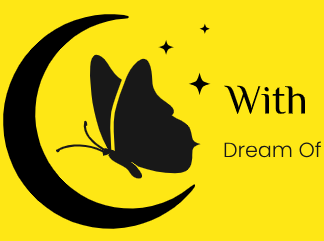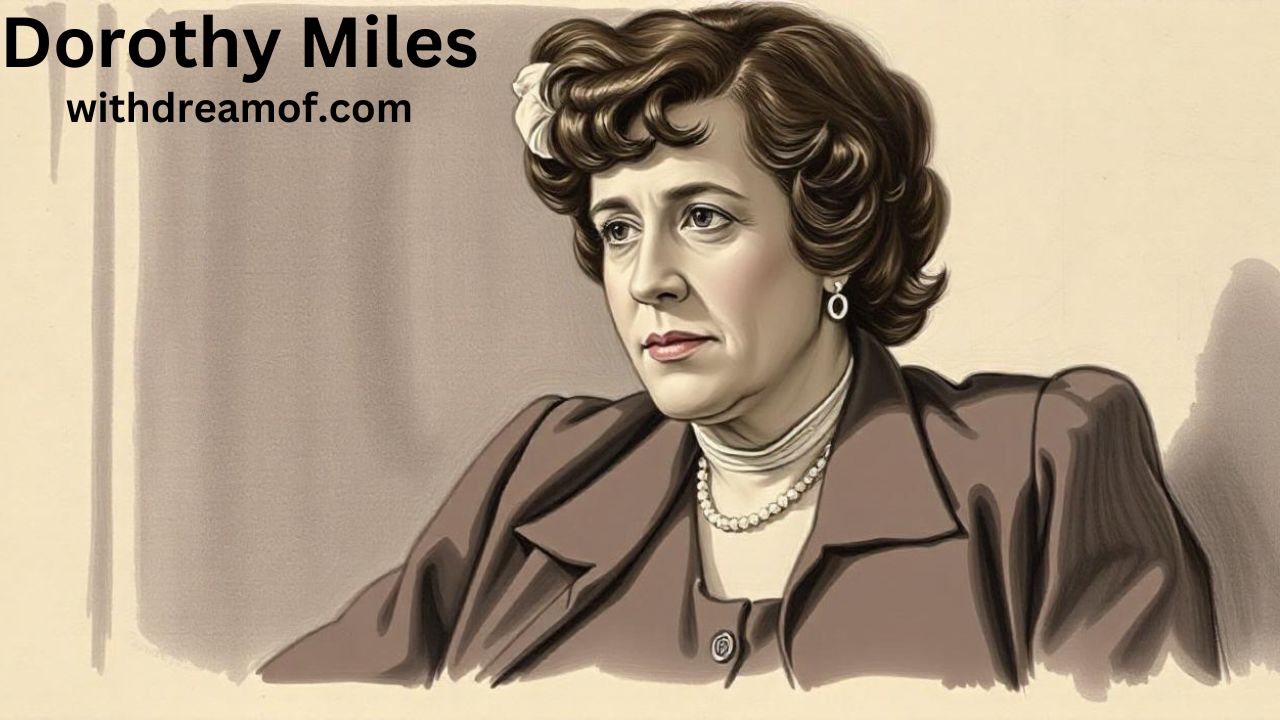Dorothy Miles stands as a beacon of creativity and resilience in the world of deaf poetry and drama. Her groundbreaking contributions reshaped the arts, combining her love for language and sign to inspire audiences globally. As a prolific writer, performer, and advocate, she laid the foundation for modern deaf literature and influenced countless artists. Let’s explore her incredible life and enduring legacy.
Who Was Dorothy Miles?
Dorothy Miles was a celebrated deaf poet, playwright, and activist born in 1931 in Pontypridd, Wales. She lost her hearing at an early age due to illness, but this did not hinder her passion for communication. Dorothy’s ability to weave together British Sign Language (BSL) and English through her works created a new art form that resonated deeply with both deaf and hearing audiences.
Early Life and Education
Dorothy’s journey began in Wales, where she embraced her love for storytelling as a young girl. Her family supported her early interests, and this encouragement nurtured her creativity. Later, she studied at the Gallaudet College in Washington, D.C., a leading institution for deaf education. At Gallaudet, she immersed herself in deaf culture and developed a strong sense of identity. This transformative period inspired much of her future work.
Dorothy Miles and Her Unique Artistic Vision
Dorothy’s creativity transcended traditional boundaries, blending poetry with visual elements of sign language. She recognized the beauty of sign language as a performance art and elevated it through her work. She performed pieces that communicated emotions vividly, breaking barriers between deaf and hearing communities.
Her poetry often focused on themes of identity, resilience, and the shared human experience. By combining her linguistic skills and expressive performances, Dorothy showed how language could connect people beyond words.
Key Achievements in Deaf Poetry
Dorothy Miles wrote some of the earliest pieces of deaf poetry, introducing it as a distinct literary form. Her poems bridged the gap between English and sign language, making them accessible and expressive.
Some of her famous works include Silent World and Echoes of Silence, where she explored themes of self-discovery and connection.
Her unique style gained recognition worldwide, inspiring many to appreciate deaf poetry as a legitimate art form. By the 1970s, she had become an influential figure in deaf literature and a mentor for upcoming deaf poets.
Advocacy for Deaf Arts and Education
Dorothy Miles was not just an artist; she was a tireless advocate for deaf culture and education. She believed in the importance of linguistic equality and championed British Sign Language (BSL) as a cultural cornerstone.
Through workshops, lectures, and performances, she worked to empower deaf individuals and educate hearing audiences. Her advocacy contributed to the recognition of BSL as an integral part of British cultural heritage.
Collaboration with The National Theatre of the Deaf
Dorothy’s time with The National Theatre of the Deaf (NTD) in the United States played a pivotal role in her career. She collaborated with fellow artists to create inclusive theatrical performances that blended sign language with spoken words.
These performances introduced audiences to the beauty of signed poetry and drama, making the arts accessible to a broader audience. Her contributions during this period remain a cornerstone of deaf theater.
The Influence of Dorothy Miles on Deaf Literature
Dorothy’s impact on deaf literature extended far beyond her lifetime. She showed how visual and verbal languages could coexist in art, challenging conventional literary norms. Her works emphasized that deaf literature could stand alongside traditional forms while offering something entirely unique.
Many modern deaf writers credit Dorothy as their inspiration, citing her ability to give voice to the deaf experience. Her commitment to authenticity in her storytelling continues to resonate with audiences today.
Overcoming Challenges
Life was not always easy for Dorothy Miles. She faced challenges as a deaf woman navigating spaces dominated by hearing people. Despite these barriers, she remained determined to carve a path for herself and others in the arts.
Her resilience shone through her ability to turn struggles into powerful creative expressions. These experiences gave her work depth and authenticity, making her stories relatable and compelling.
Dorothy Miles and British Sign Language Poetry
Dorothy’s mastery of British Sign Language (BSL) became a hallmark of her poetry. She used BSL’s rich visual nature to create dynamic, emotive performances.
Her pieces highlighted the fluidity and expressiveness of sign language, proving it could convey complex ideas just as effectively as spoken or written words. This innovation set the stage for the development of BSL poetry as a respected art form.
Themes in Dorothy Miles’ Work
Dorothy’s work often explored themes such as isolation, identity, and the power of communication. She celebrated the unique perspectives of deaf individuals while emphasizing shared human experiences.
Her poems invited both deaf and hearing audiences to reflect on their understanding of language and connection. By doing so, she fostered empathy and mutual appreciation.
Recognition and Legacy
Dorothy Miles received accolades for her contributions to the arts and deaf culture. Her work earned her a place among the most influential figures in the deaf community.
Her legacy continues through educational programs, performances, and literary collections that celebrate her innovative spirit. The annual Dorothy Miles Cultural Award honors individuals who contribute significantly to the promotion of deaf arts.
Personal Reflections on Dorothy Miles
Many people who knew Dorothy described her as passionate, kind, and deeply committed to her work. Her friends and colleagues admired her ability to inspire and empower those around her.
Through her mentorship and artistic collaborations, she left an indelible mark on everyone fortunate enough to work with her.
How Dorothy Miles Bridged Communities
Dorothy’s work served as a bridge between deaf and hearing communities. Her inclusive performances and accessible storytelling invited dialogue and understanding.
By demonstrating the artistic potential of sign language, she encouraged hearing audiences to see it as more than a means of communication. This effort helped reduce stigma and foster greater respect for deaf culture.
Lessons from Dorothy Miles’ Life
Dorothy’s life teaches us the importance of perseverance, creativity, and advocacy. She reminds us that challenges can fuel innovation and drive meaningful change.
Her dedication to promoting understanding and celebrating diversity remains an inspiration for artists and activists alike.
Celebrating Dorothy Miles Today
Today, Dorothy’s contributions continue to influence the arts, education, and advocacy for deaf rights. Her work inspires new generations to embrace their identities and tell their stories authentically.
Cultural events and performances dedicated to her legacy ensure that her vision lives on. By honoring Dorothy Miles, we celebrate the power of art to connect and uplift.
FAQs
What was Dorothy Miles known for?
Dorothy Miles was a deaf poet, playwright, and advocate known for her contributions to deaf poetry, drama, and culture.
How did Dorothy Miles influence deaf literature?
She pioneered the use of sign language in poetry, blending it with English to create a unique and expressive art form.
Why is Dorothy Miles significant in deaf culture?
Dorothy promoted linguistic equality and celebrated the artistic potential of British Sign Language (BSL) through her work.
What challenges did Dorothy Miles face?
She overcame societal barriers and personal struggles as a deaf woman navigating the arts, turning these into creative expressions.
What is Dorothy Miles’ legacy?
Her legacy lives on through her writings, performances, and the cultural impact she made in deaf literature and advocacy.
How can we honor Dorothy Miles today?
Celebrating her work, supporting deaf artists, and promoting inclusive arts initiatives continue her mission of connection and empowerment.
Conclusion
Dorothy Miles transformed the landscape of deaf poetry and drama through her groundbreaking vision and relentless advocacy. Her life and work remind us of the power of art to break barriers and build understanding. As we reflect on her contributions, we celebrate a legacy that inspires creativity, inclusivity, and resilience in the face of challenges.











